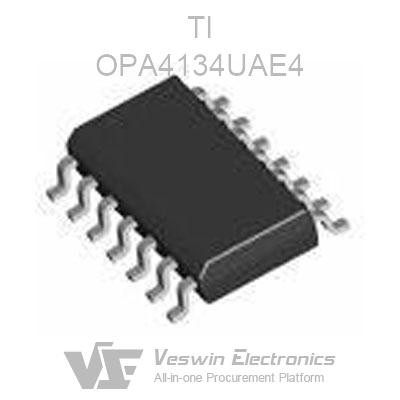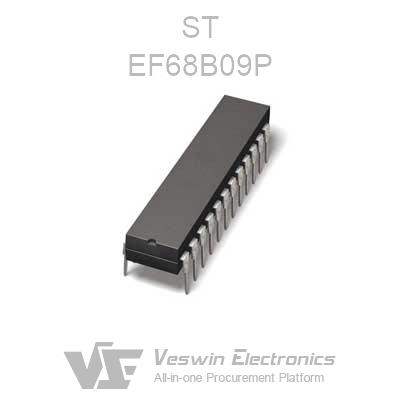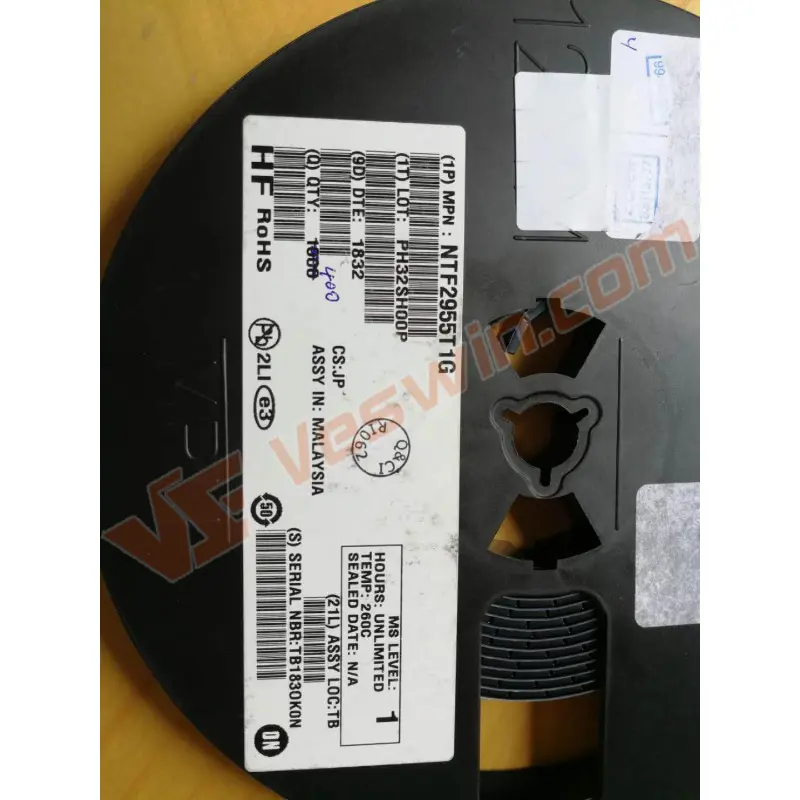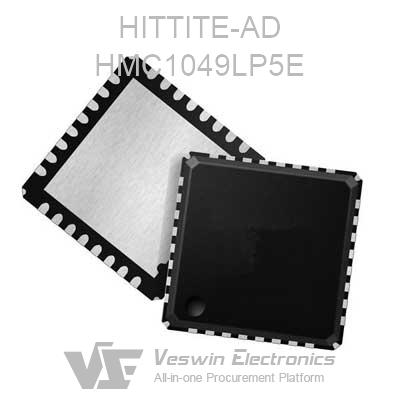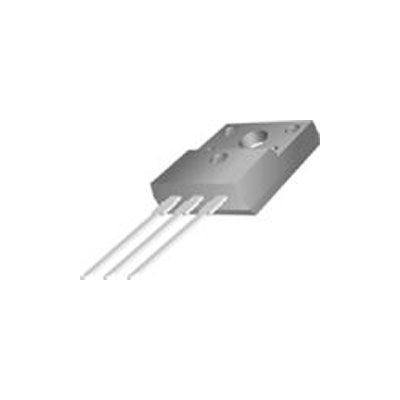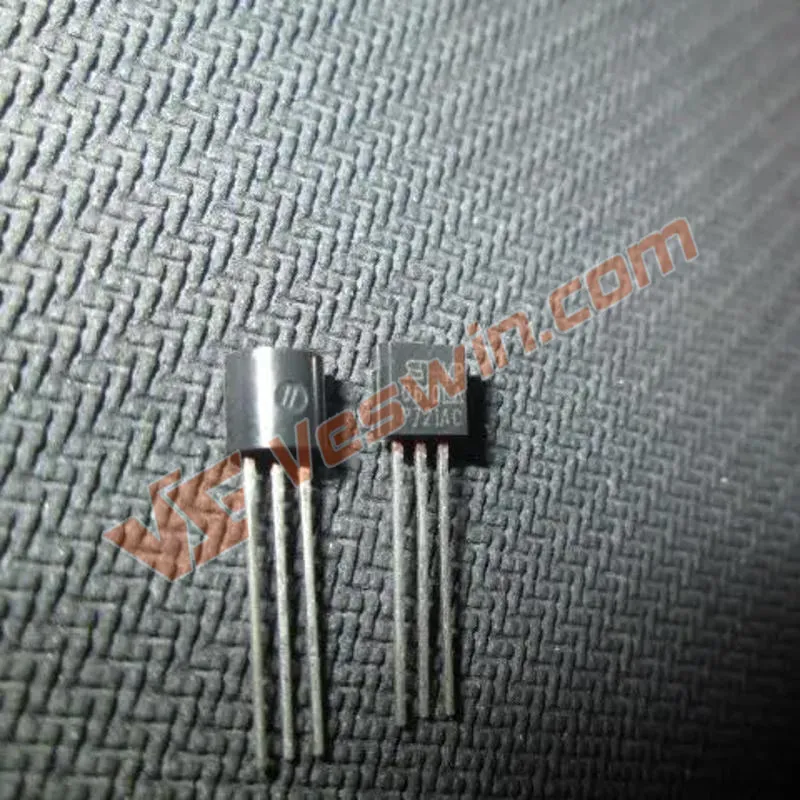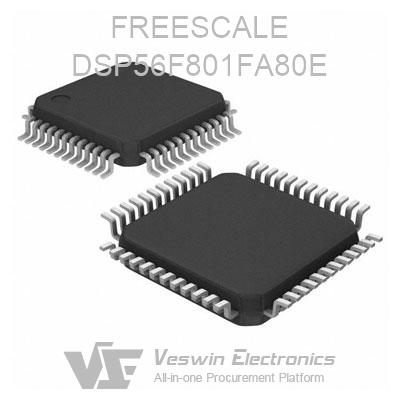Vacuum tubes, also known as electron tubes or valve tubes in some regions, are electronic devices that were crucial components in early electronic technology. They served various functions in amplification, signal processing, and control of electrical signals in electronic circuits before the advent of solid-state devices like transistors.
Basic Structure: A vacuum tube typically consists of a sealed glass or metal envelope from which air has been removed, creating a vacuum. Inside, it contains various elements such as a cathode, anode, and grids.
Cathode: The cathode is heated to release electrons via a process called thermionic emission. These electrons form an electron cloud around the cathode.
Anode (Plate): The anode, also known as the plate, attracts the emitted electrons. It's where the primary electronic action occurs, such as amplification or rectification of signals.
Grids: Grids, if present, are metallic elements placed between the cathode and anode. They control the flow of electrons, allowing for amplification or modulation of the electrical signal passing through the tube.
Triodes: The simplest vacuum tube, consisting of a cathode, anode, and a control grid. Used for amplification and signal processing in early radios and amplifiers.
Tetrodes and Pentodes: Enhanced versions of triodes with additional grids, allowing for improved performance and reduced distortion. Used in amplifiers and early computing devices.
Early Electronics: Vacuum tubes were crucial in the development of early electronic technology, forming the basis for radios, televisions, and early computers.
Replacement by Transistors: While vacuum tubes were fundamental in early electronics, their large size, heat generation, and power consumption led to the development of more efficient solid-state devices like transistors in the late 20th century.
Niche Applications: Despite being largely replaced by transistors in mainstream electronics, vacuum tubes still find niche applications in high-end audio amplifiers, guitar amplifiers, and certain specialized circuits where their unique sound characteristics are valued.
A transistor is a semiconductor device that revolutionized the field of electronics. It serves as a fundamental building block in countless electronic circuits, providing a means to control and amplify electrical signals.
Basic Structure: Transistors are typically made from semiconductor materials like silicon or germanium. They consist of three regions: the emitter, base, and collector.
NPN/PNP Types: There are two main types: NPN and PNP. In an NPN transistor, current flows from the emitter (where electrons are emitted) to the collector (where they are collected), controlled by the base. The PNP type operates in a similar manner but with opposite flow of charge carriers.
Operation: Transistors work by controlling the flow of current between two terminals (collector and emitter) through the application of a small voltage at the third terminal (base in the case of a bipolar junction transistor).
Bipolar Junction Transistors (BJTs): These include NPN and PNP transistors. They're used for amplification, switching, and signal processing in various electronic devices.
Field-Effect Transistors (FETs): Another major type, they control the flow of current using an electric field. Common types include MOSFETs and JFETs, widely used in integrated circuits and digital electronics.
Amplification: One of the key functions of transistors is signal amplification. They amplify weak electrical signals, making them stronger without distorting their shape.
Switching: Transistors also serve as switches in electronic circuits, allowing or blocking the flow of current based on the voltage applied to the control terminal.
Replacement of Vacuum Tubes: Transistors replaced bulky and less efficient vacuum tubes in the mid-20th century. They offered smaller size, lower power consumption, and higher reliability, revolutionizing electronics.
Integrated Circuits: Transistors are the backbone of modern integrated circuits (ICs) used in virtually all electronic devices, including computers, smartphones, televisions, and more.
Digital Electronics: They form the basis of digital logic circuits, enabling the binary processing of data in computers and other digital devices.
Transistors and vacuum tubes are two different kinds of electronic components. Both are common electronic components, but there are many differences between them. These differences are mainly related to their appearance, construction, working principle, heat generation, performance parameters and so on.
1. Appearance and Construction
First of all, the appearance and construction of transistors and vacuum tubes are completely different. A transistor is a solid-state component, usually a piece of semiconductor material such as silicon, germanium, or silicon carbide. A transistor is usually rectangular in shape and has three pins, the base, emitter and collector. The transistor controls the flow of current through the p-n junction of the semiconductor material.
A vacuum tube, on the other hand, is an amplifying electronic device, usually made of glass or metal. It contains a hot cathode, an anode and one or more grids. Electrons are ejected from the hot cathode and pass through the lattice to control the flow of electrons to the anode. Vacuum tubes are usually tubular or spherical in shape and have multiple pins.
2. Principle of operation
Transistors and vacuum tubes also have different principles of operation. In a transistor, current flows through the p-n junction, which is affected by an external voltage and can be controlled to change the state of current flow. Of the three pins of the transistor, the base controls the flow of current, the emitter injects electrons into the semiconductor material of the transistor, and the collector collects the electrons. Transistors usually require an external power supply to provide the voltage and current needed to control and amplify the circuit.
Vacuum tubes, on the other hand, work by using a jet of electrons as a signal source to control the flow of electrons through one or more grids, hence the name electron tube. In a vacuum tube, electrons are ejected from the hot cathode and flow to the anode after passing through one or more grids. The potential of the grid controls the magnitude and direction of the electron flow. Thus, vacuum tubes can be used for amplification, cutting, shaping, modulation, mediation, etc.
3. Heat generation
Transistors and vacuum tubes generate heat when they work, and this is what makes them different from each other. The heat in transistors comes mainly from the conductivity of the material, and a certain amount of heat is generated during amplification and switching. However, transistors usually generate much less heat than vacuum tubes do when they are operating. This is mainly because transistors have a simpler structure than vacuum tubes and do not need to drive electrons to fire and cause electrons to be emitted as in vacuum tubes. As a result, they use less energy than vacuum tubes and are more environmentally friendly.
In contrast, vacuum tubes require more power and heat to operate. When electrons shoot the anode, they cause collisions between the electrons and the anode, generating heat. In addition, vacuum tubes need to heat up the cathode to provide a flow of electrons as they operate. This is why early electronic devices usually required fans and large heat sinks to dissipate heat to prevent overheating and damaging the device.
4. Performance Parameters
Finally, another important difference between transistors and vacuum tubes is the performance parameters. Transistors have a higher frequency response and less waveform distortion, making them more suitable for high frequency and high speed circuits. Vacuum tubes, on the other hand, have a higher frequency response and waveform distortion and are usually used in applications requiring high power such as high power amplifiers and audio amplifiers.
Q: Are vacuum tubes still used today?
A: Yes, vacuum tubes are still used in some niche applications where their unique characteristics are desired, such as in certain audiophile-grade audio equipment, guitar amplifiers, and specific high-power radio frequency applications.
Q: What are the advantages of vacuum tubes?
A: Vacuum tubes can handle high power and high voltage, they can produce pleasant harmonic distortion (desirable in some audio applications), and they have a characteristic warm sound preferred by some audiophiles.
Q: What are the advantages of transistors?
A: Transistors are smaller, more durable, consume less power, are less prone to failure, and are cheaper to manufacture compared to vacuum tubes. They also operate at lower voltages, making them safer for portable devices.
Q: Can vacuum tubes be replaced by transistors in all applications?
A: In most cases, yes. However, some enthusiasts prefer the unique sound characteristics of vacuum tubes, especially in high-end audio applications, where attempts to replicate the tube sound are made using transistor-based circuits.
Hot News
